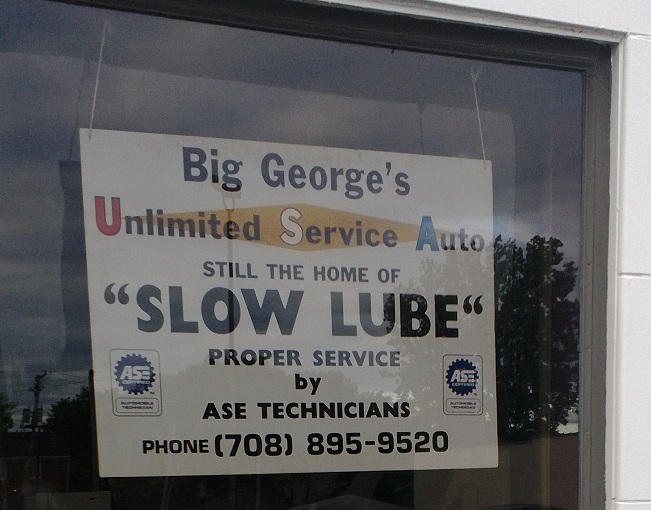Positioning is establishing your identity in the mind of your audience. Your positioning can be bad or good, strong or weak.
The best kind of positioning is when you can “own” a word or concept. Google IS online search. Kleenex equals facial tissue. Volvo is synonymous with automotive safety.
Sometimes, it can be appropriate to position your company, product or service relative to an established brand. Juxtapositioning, as it were.
There are countless ways to juxtapose your business, product or service with competitors. Here are 5 of the most common:
- Us vs. Them – offering uniqueness of a company or product over against a competitor
- Before & After – demonstrating a unique end result
- True or False – exposing the uniqueness of reality over common perception
- Exotic vs. Commonplace – uniqueness of origin, philosophy or perspective
- Ancient vs. Modern – discovering the uniqueness of ideas from a forgotten era
When your unique value proposition (UVP) is strong, but demonstrably different than the leaders in your field, Us vs. Them juxtapositioning is appropriate.
As an example, take this photo from an auto shop in Lansing, IL (one of Chicago’s south suburbs). While Jiffy Lube and others offer 10 minute oil changes, emphasizing speed, this shop takes the opposite approach — a “slow lube.” It makes you wonder: what are the other guys really doing to you car? What are they missing or messing up? The contrast is stark.
Why try to compete with the other shops on speed? Quality and “proper service” aren’t even on their radar.
Before and After is simple, right? Think exercise machines and acne medication. Demonstrate how the future can be better and brighter with your product or service.
Where misconceptions are hurting people in the market, or just keeping them from buying from you, become a mythbuster. Remember those commercials sharing the “truth” about how corn syrup is as safe as sugar? That’s full-fledged True or False juxtapositioning at work:
Exotic vs. Commonplace can be best seen in the way we Westerners love products from the East, from green tea to yoga. The opposite is also true. People from around the world clamor to get their hands on American products and brands.
People get bored. We associate the familiar with the results and experiences we already have. To have a new experience or better results, exotic products hold special appeal.
Ancient vs. Modern plays on the notion that we’ve traded something significant from the past to make way for the electronically-enhanced artificial present. Technology, as much as we love it, seems to have trumped wisdom. Instead of reaching out to touch someone, we have touchscreen phones and tablets.
There’s a longing for “the good ol’ days.” (I reckon there has been ever since Adam and Eve.)
Titles including “The ancient art of…” or “long-lost secrets of …” have a mysterious attractive quality. They help sell millions of books, courses, classes and products every year.
How can you use these juxtapositioning techniques to strengthen your place in the market?


